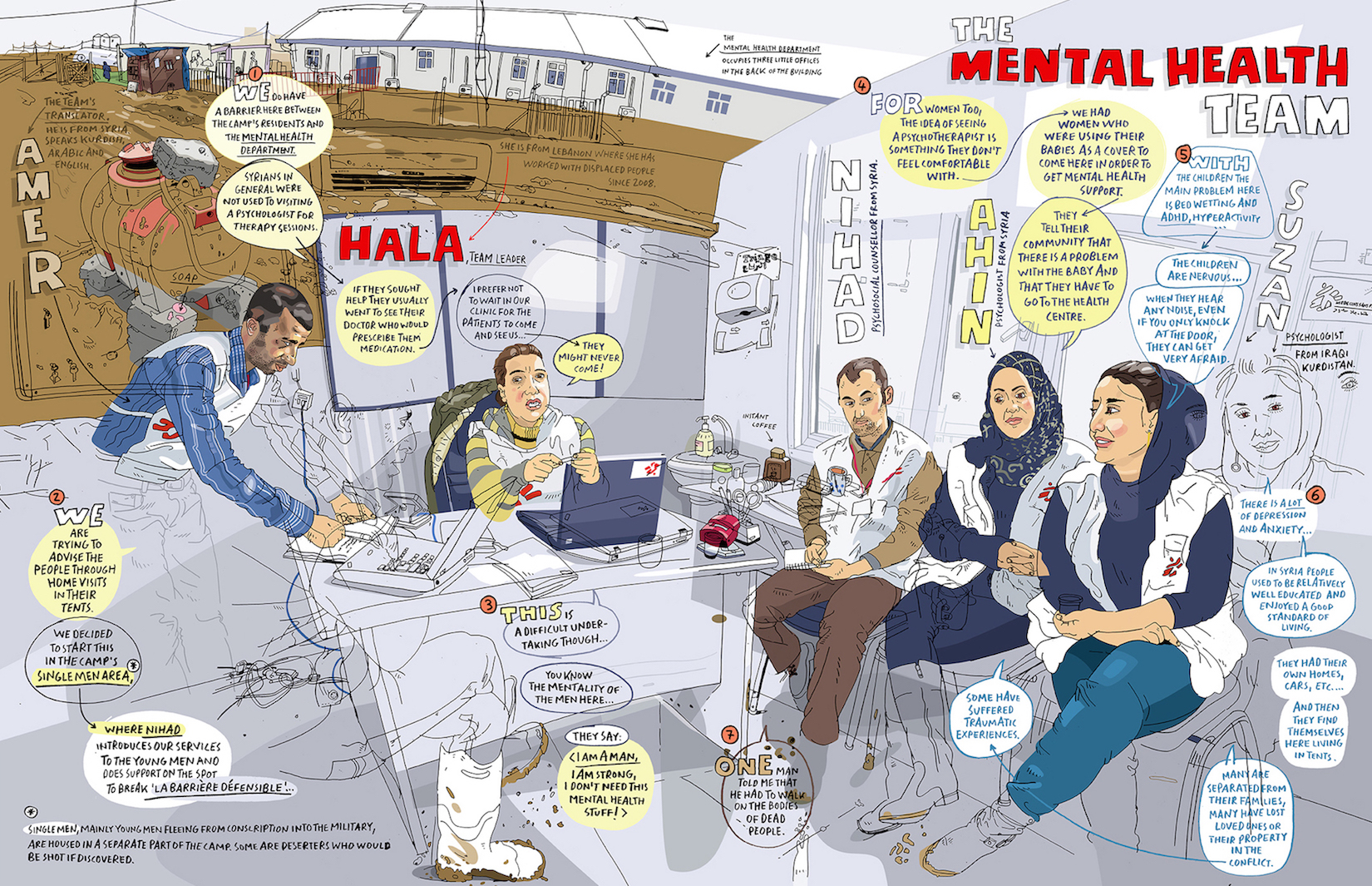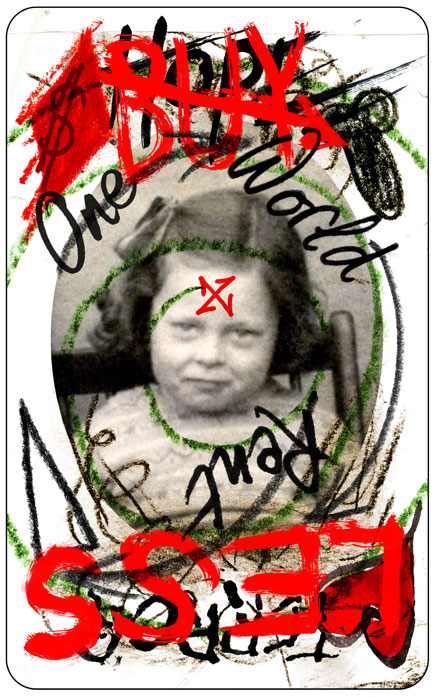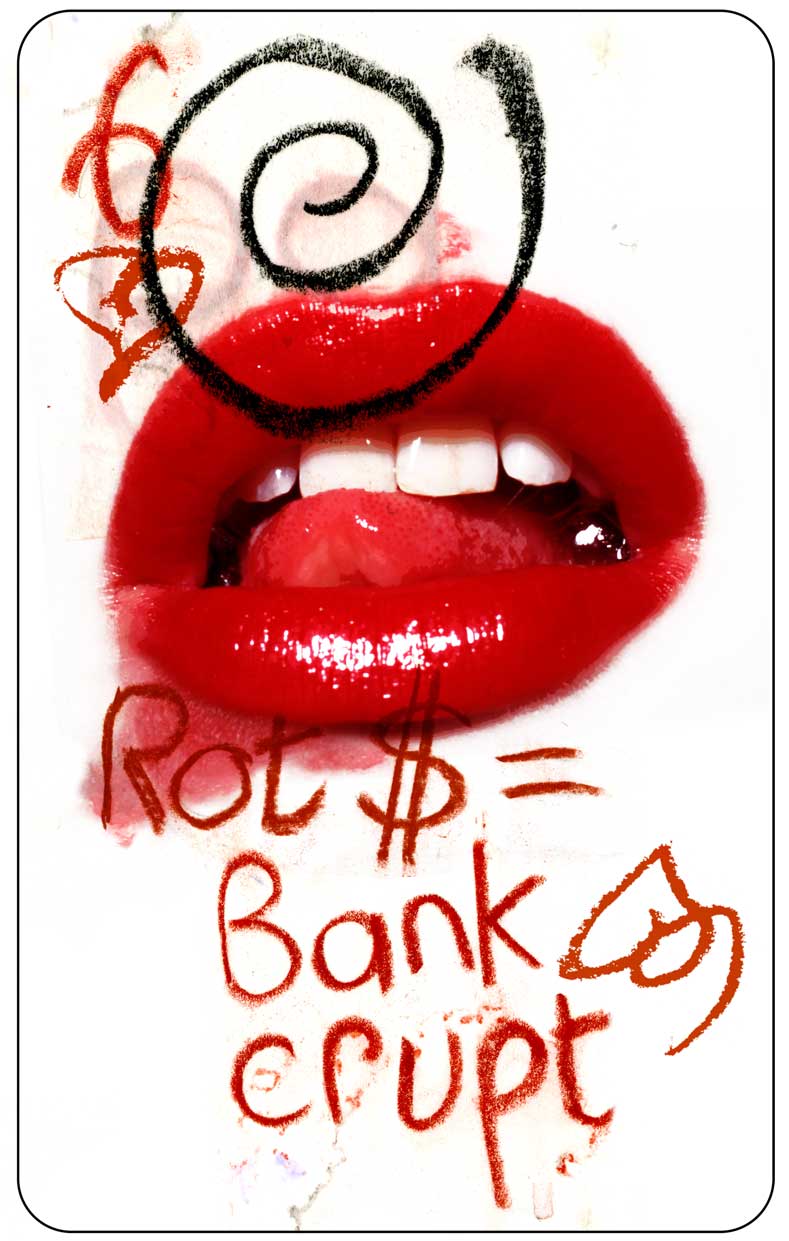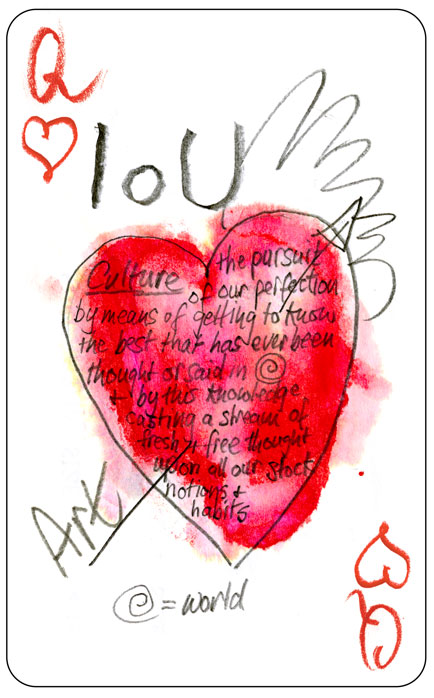‘Contemporary Magic: A Tarot Deck Art Project’ is a multi-disciplinary, inter-artist exhibition / project that was was set up by Stacy Engman. Engman matched 78 renowned artists with a tarot card based off patriarchal themes that their work otherwise focuses around. The ‘reinvented’ cards were created in multi-media formats including photography, paint, collage and illustration ect. I found the whole project quite interesting; from Engman assigning the cards, to the finished products where the individual artists style or iconography is still very much present. Engman has clearly divided the cards by which artist she thinks suits the tarot card most. For example, ‘The Lovers’ card was given to Terence Koh due to his extensive research and contributing body of work that focuses usually around the topics of lovers, romance, the self and the body. Engman wants the artists to exercise their brand identity while combining it with the new topic of tarot symbolism and iconography to create a body of work that mixes art and magic.

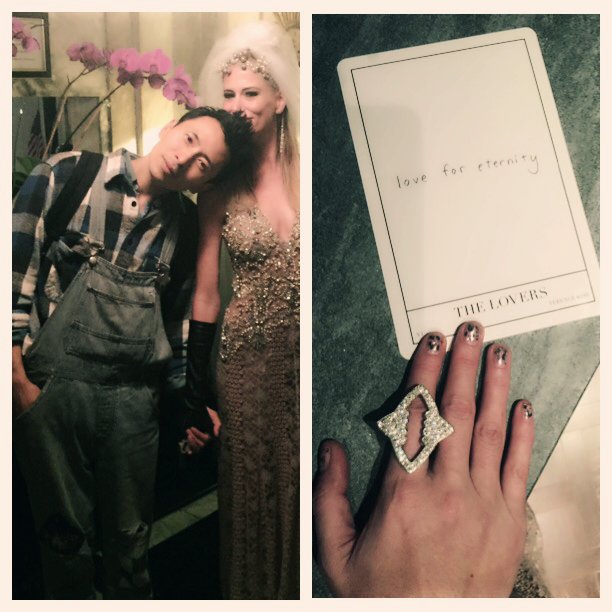
I really do love this project and think the artists involved would have really enjoyed the process of research into tarot cards and how people view them or perceive their meaning. Ultimately it is down to the artists own personal reflection on their card and not about what people would expect the cards representation to look. I really like ‘The Sun’ by Richard Phillips in particular as he has chosen not to include the image of the sun itself, but a subject that appears to have the sun beaming down on their tanned, rosy skin. I love the hyper realistic style of his paintings and would love to look into his work more, to better understand his technique and inspirations.

I looked into this project as I wanted to test how far I could take this idea of playing cards and whether it could be adapted to follow the outlines of tarot deck symbolism. I think this concept would well represent the restrictions and rules we have socially constructed and embedded into the representation of gender. While I do think taking it in a tarot deck inspired route may confuse my mission, as tarot reading is somewhat based on prediction- while I want a concept that is more focused on direct and confined symbolism, such as in the standard playing cards.




